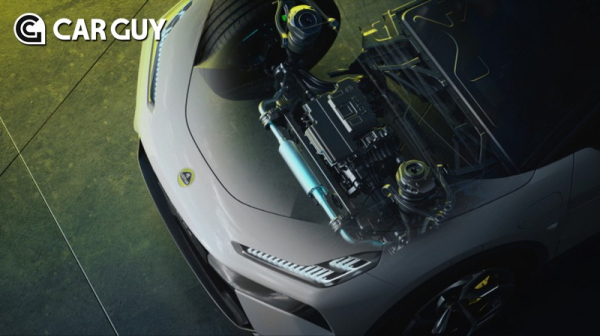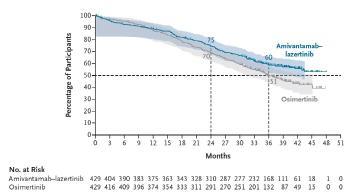Why is body stiffness important..use the battery as a body structure
Jul 31, 2025
|
Usually, the body stiffness disclosed by automakers is the "body torsion stiffness number". In English, Torsional Stiffness means "torque required to twist the body 1 degree." As if squeezing a water towel, load is placed on the left and right sides of the vehicle body to measure the limit value of the deformation of the structure. The higher the torsional stiffness value, the firmer and sturdier the body is, and it is important because it directly affects handling precision, suspension responsiveness, and driving stability.
For electric models heavier than internal combustion locomotives, body torsional stiffness is more important. This is because it has to maintain sharp driving performance and ride comfort while withstanding the heavy weight of electric parts such as electric motors and batteries. All-New Range Rover Sports PHEV, recently unveiled by Land Rover, is a good example. It has revealed a torsional stiffness figure of 33,000 Nm/deg, a 35% improvement over the previous generation, highlighting its excellent driving quality.
The Payton, introduced by Volkswagen more than 20 years ago, goes a step further. At the time, the head of Volkswagen, Ferdinand Fiehi, delivered 10 development goals that the team of engineers had to carry out. One of them was that the torsional stiffness should reach 37,000 Nm/deg. It was a significant goal considering that the number of competing flagship sedans was around 25,000 Nm/deg at the time. Of course, because of this, the manufacturing cost was so high that it did not last long.
Of course, a high figure does not necessarily mean a good car. When various reinforcing materials and structures are added to increase the rigidity of the vehicle body, the weight of the vehicle increases and fuel efficiency decreases. Therefore, new cars are developed by finding an appropriate balance point according to the characteristics of the car. On the other hand, Lotus's hyperEV lineup, which promised "the highest quality" for both driving, efficiency and safety, secured the highest torsional stiffness of mass-produced cars at 41,200 Nm/deg.
Considering that the torsional stiffness level of a luxury EV sedan similar to the Lotus Emeya is around 35,000 Nm/deg, the stiffness of the Lotus EV is very high. Elletra is also among the best in class. High-performance luxury SUVs using the Volkswagen Group MLB-Evo platform range from about 37,000 to 39,000 Nm/deg, while the Aston Martin DBX is also lower than the Eletra at 34,000 Nm/deg.
What's the secret? The electric premium architecture (EPA) platform used by Lotus draws attention in that it has enhanced rigidity by integrating battery packs under the body. The battery was not simply placed on the bottom, but was integrated as a part of the body structure and used as a rigid structure to maximize resistance to body twisting. In addition, high-strength aluminum alloys were used extensively to minimize weight gain.
Cell-to-Pack (CTP) battery technology applied to Lotus electric vehicle integrates battery cells directly into the pack without an intermediate module, and simultaneously realizes space efficiency and weight reduction. This increases driving efficiency and stability by reducing the weight of the lower body while securing more battery capacity, and further enhances battery protection performance in case of a collision thanks to a sense of structural unity. The manufacturing process is also simplified, which is advantageous for productivity and durability.
In addition, Lotus has proven its reliability through various experiments to ensure the stability of the battery even in extreme situations. Battery operation and power maintenance were confirmed even in harsh conditions such as flame heat resistance experiments at 1,000 degrees Celsius, seawater flooding, front, side and lower collisions, and advanced protection designs such as aircraft-grade insulation, active heat management systems, and high-strength beam structures were applied. On top of that, cloud-based intelligent BMS detects and takes action in real-time to ensure the safety of passengers, whether driving or charging.
In other words, the Lotus electric vehicle lineup satisfies thrilling performance, safety, and durability, while designing the underlying skeleton to ensure battery safety through extreme testing.
Meanwhile, Lotus recently completely overhauled its 2026 lineup of Eletra and Emeya, significantly strengthening its price competitiveness while maintaining driving performance. It introduced new model names "600" and "900" systems that reflect the vehicle output level, and some trims were reduced by more than 20 million won. At the same time, high-end specifications such as intelligent glass roofs, sports pedals, and KEF audio have been installed to significantly strengthen product competitiveness.
Editor Kim Tae-jin, tj.kim@carguy.kr
This article was translated by Naver AI translator.














